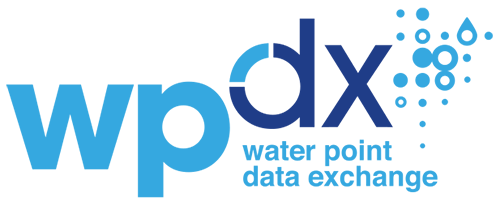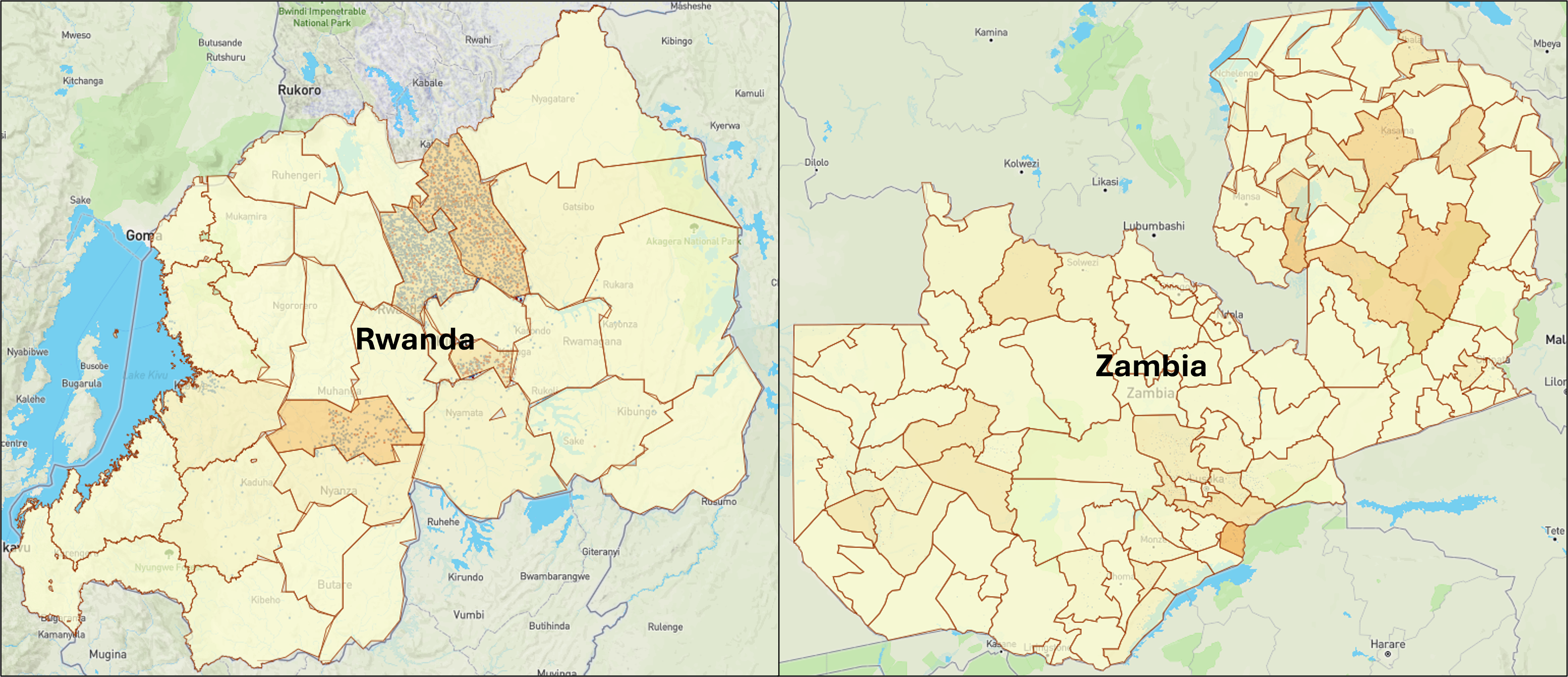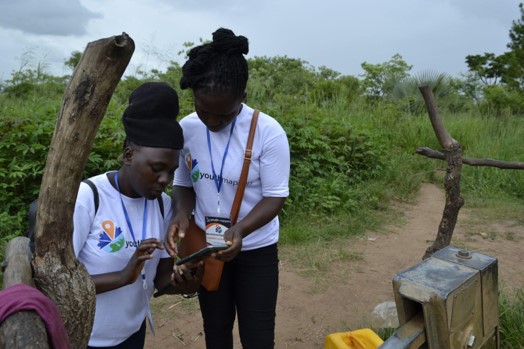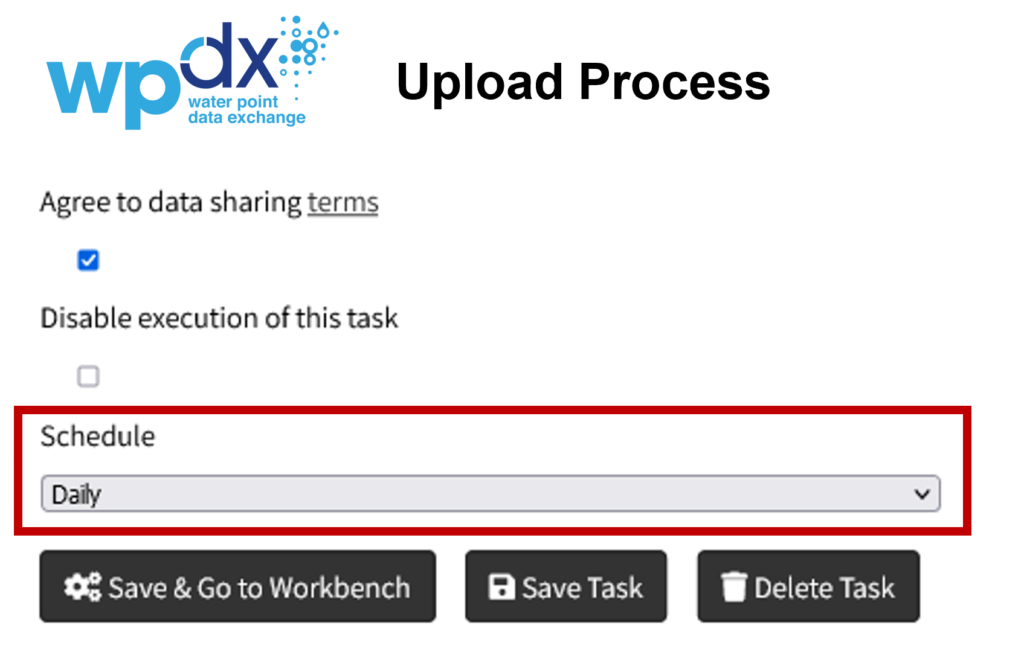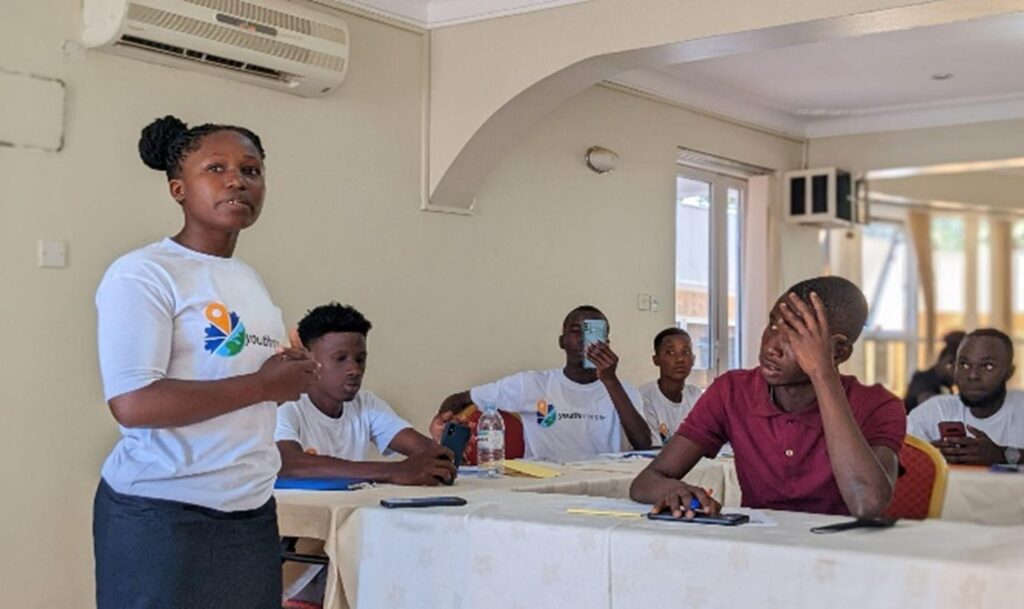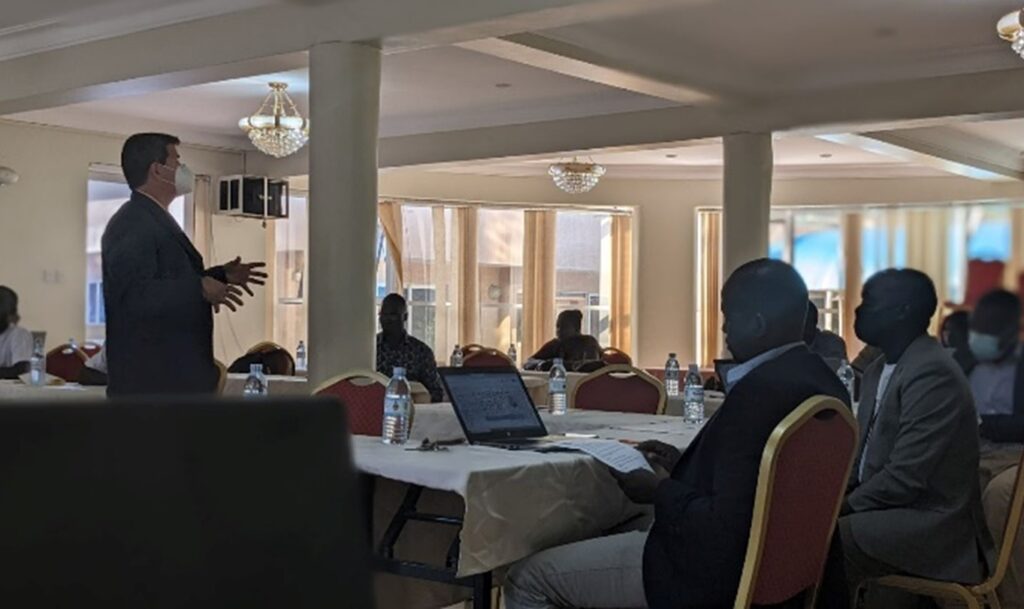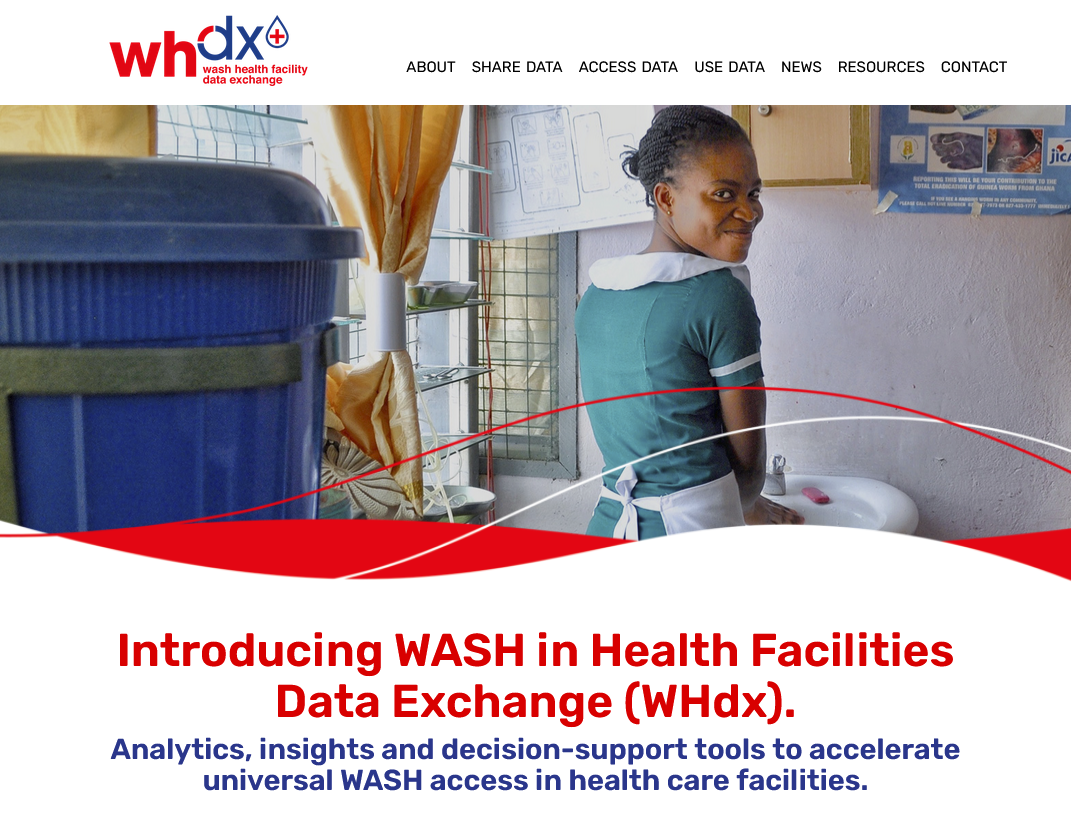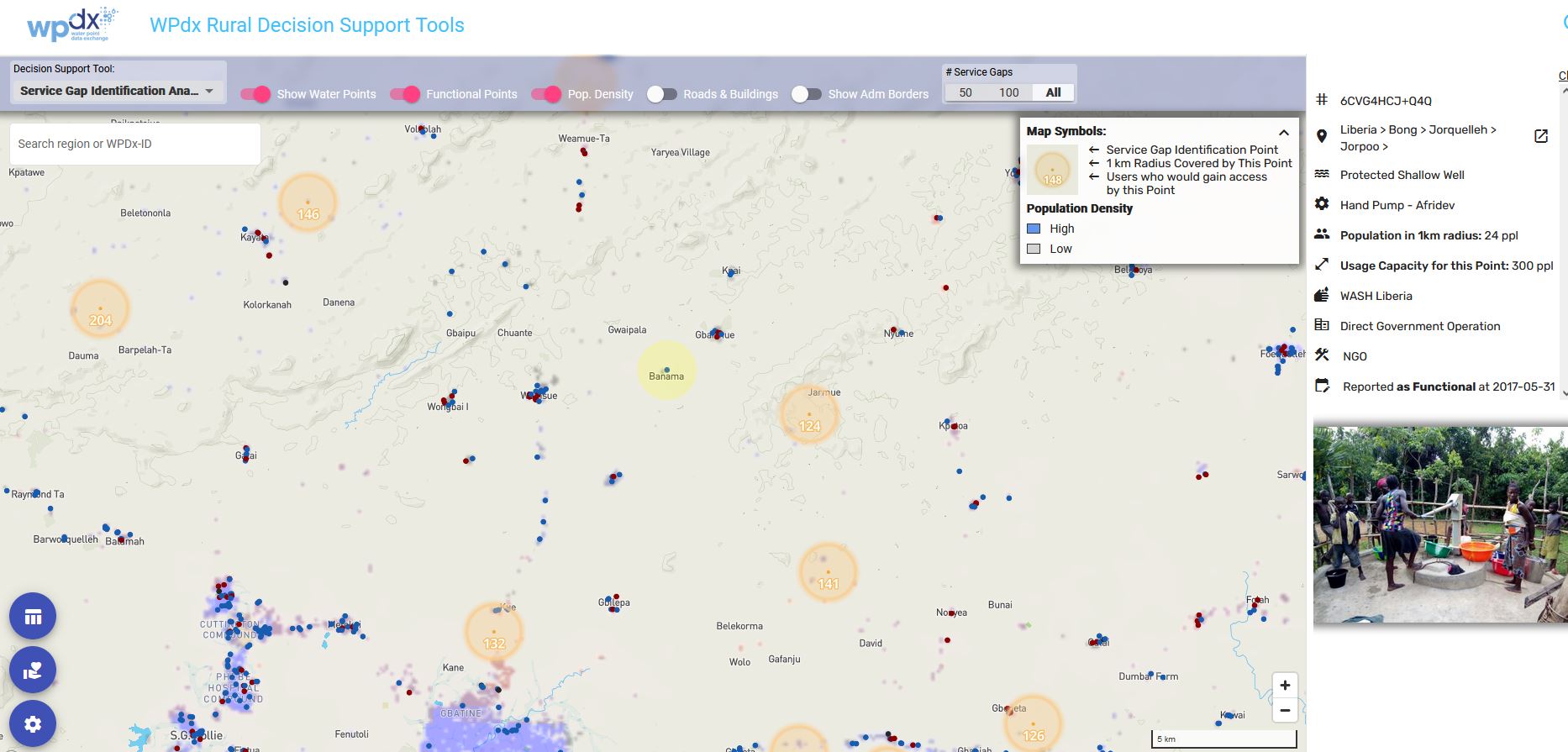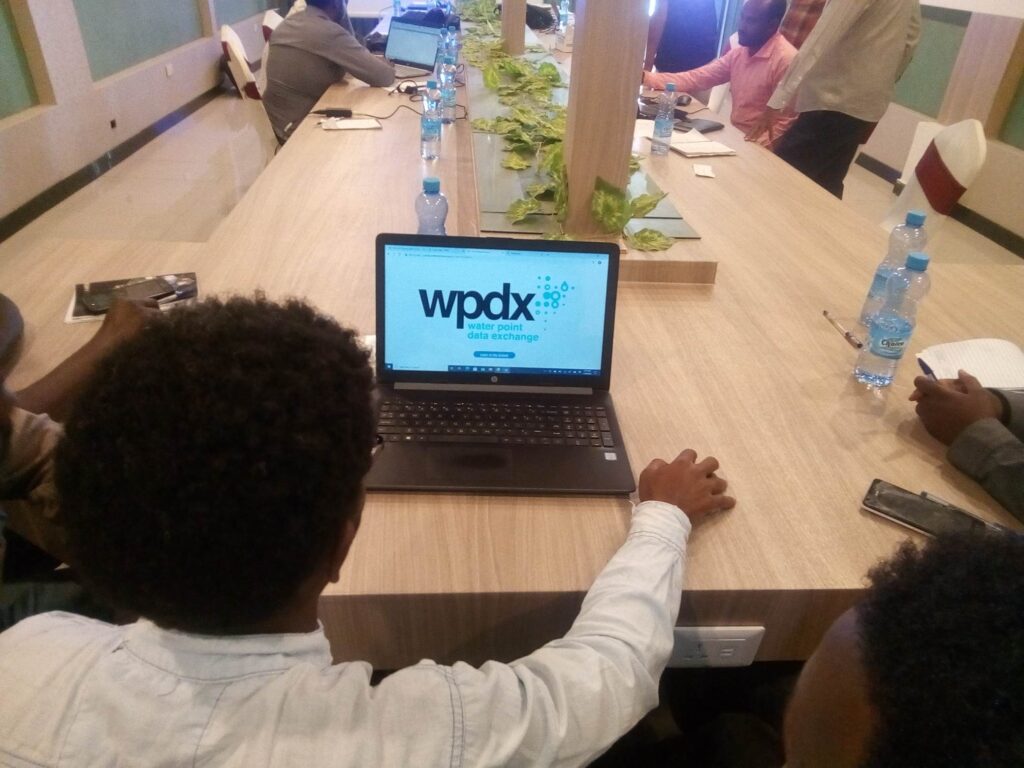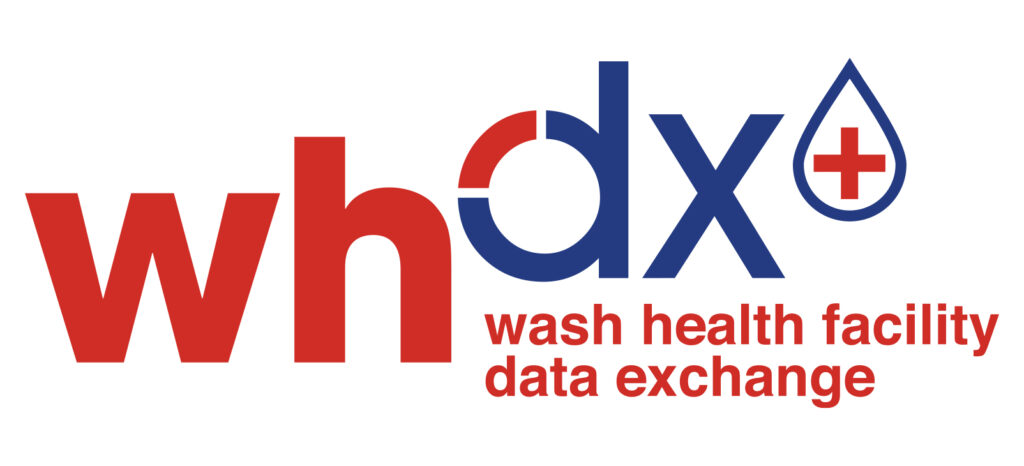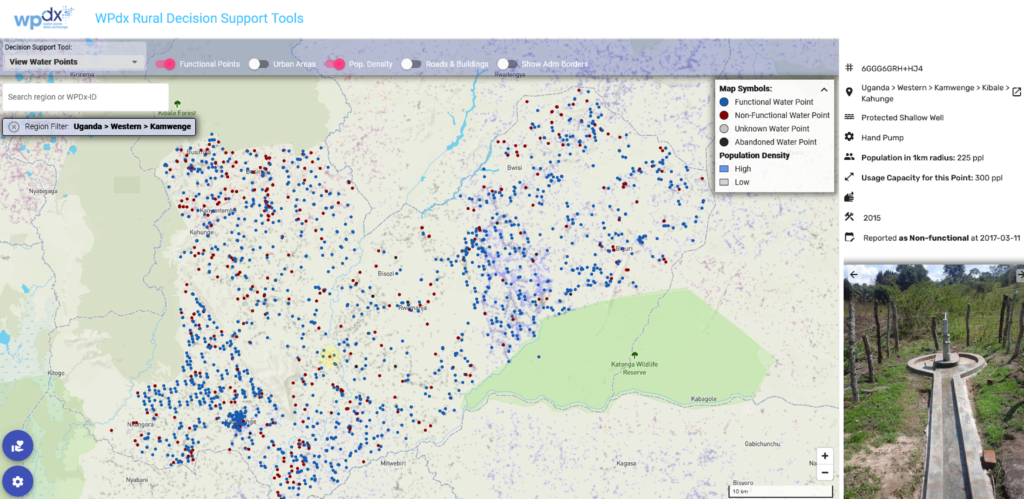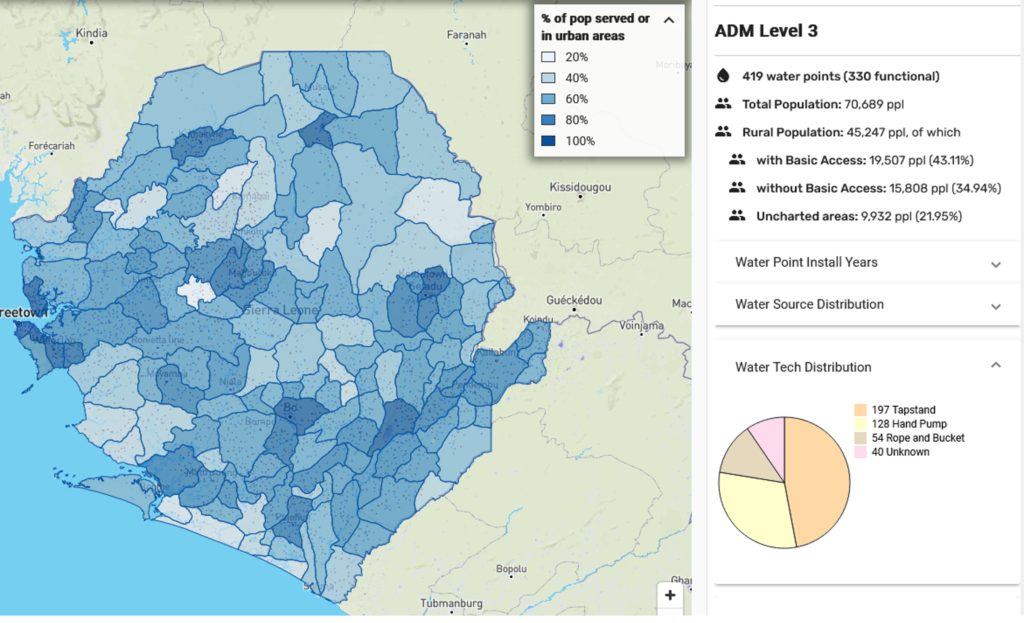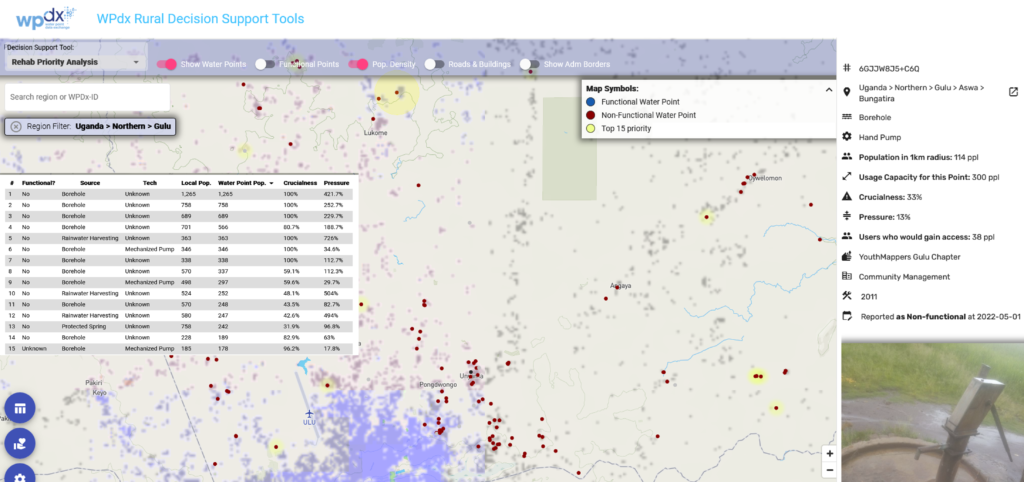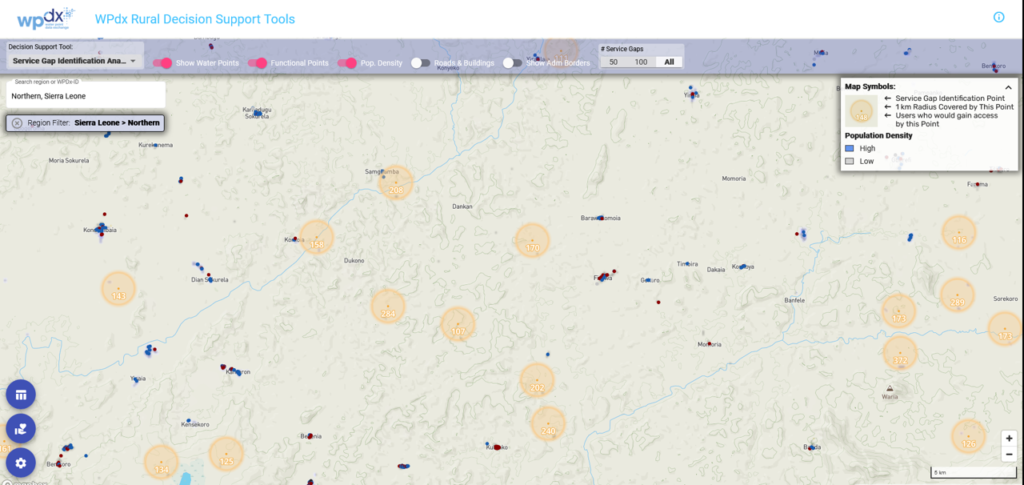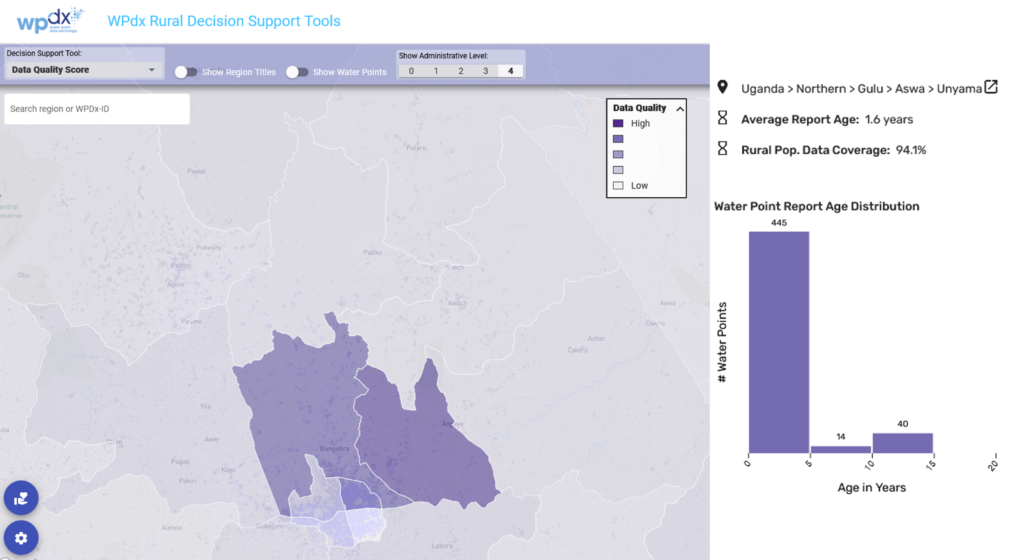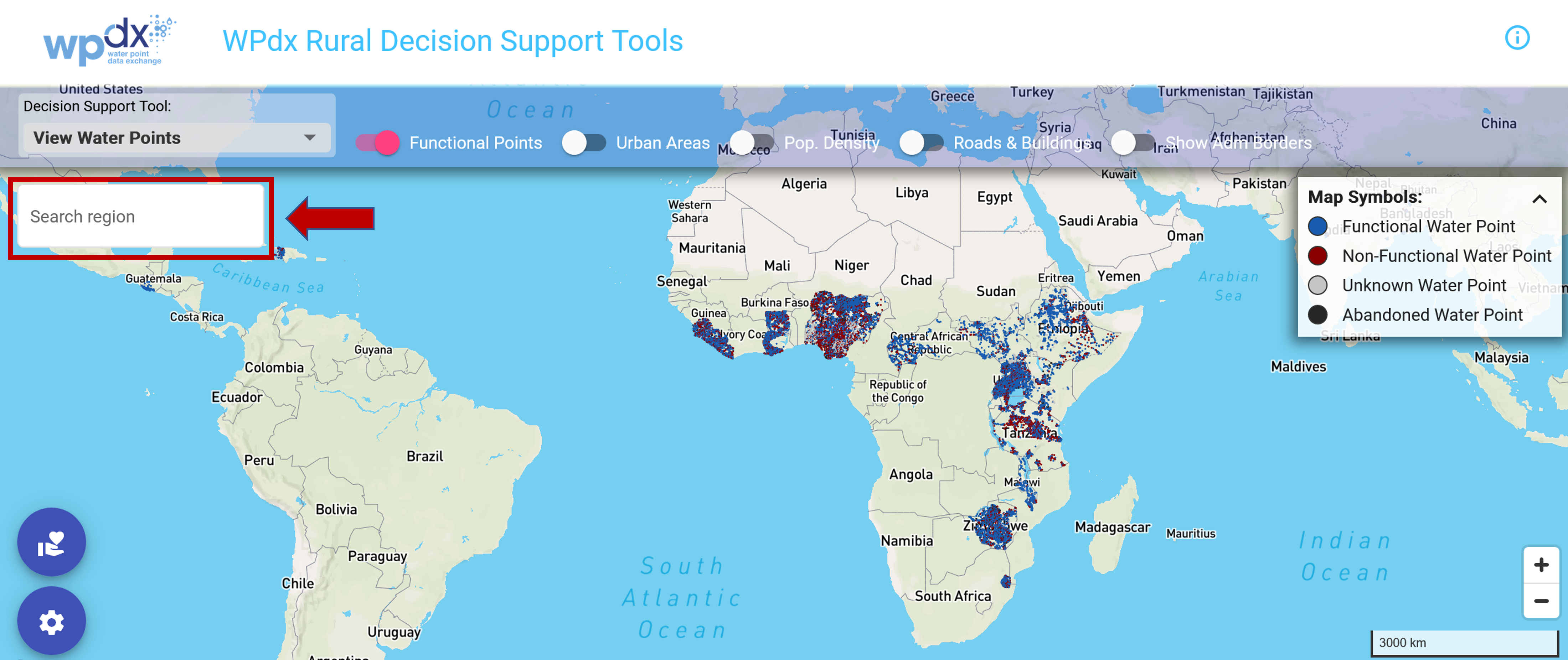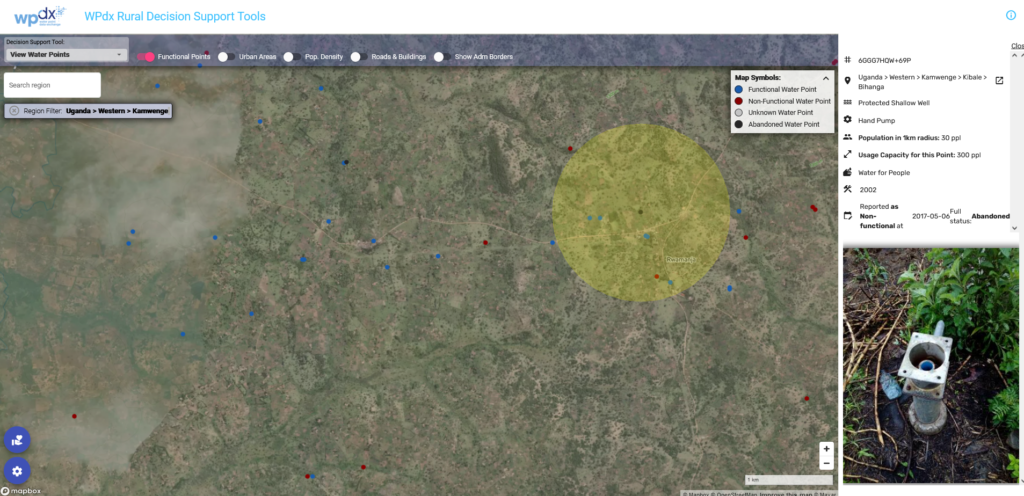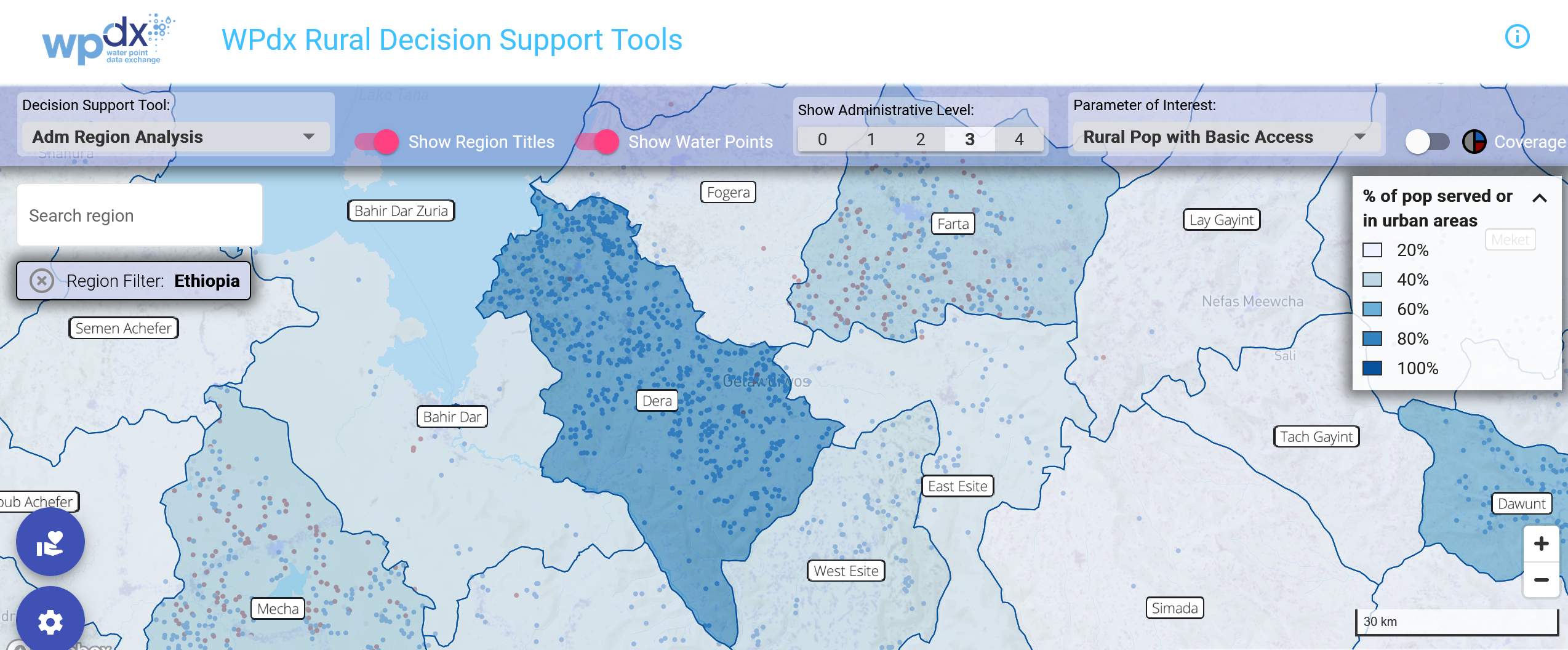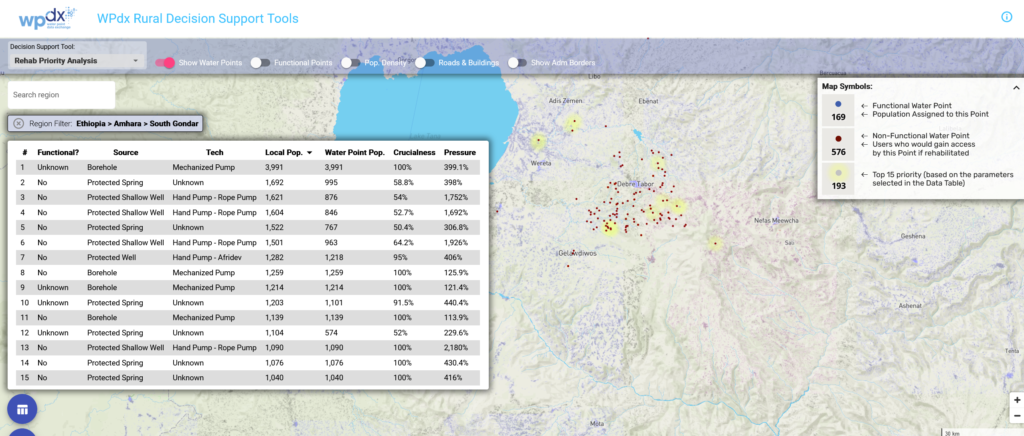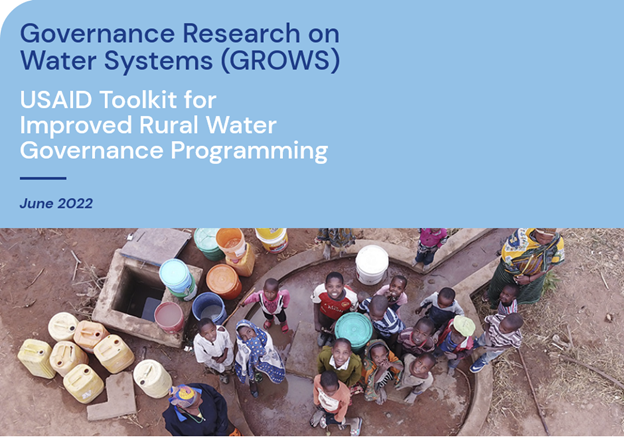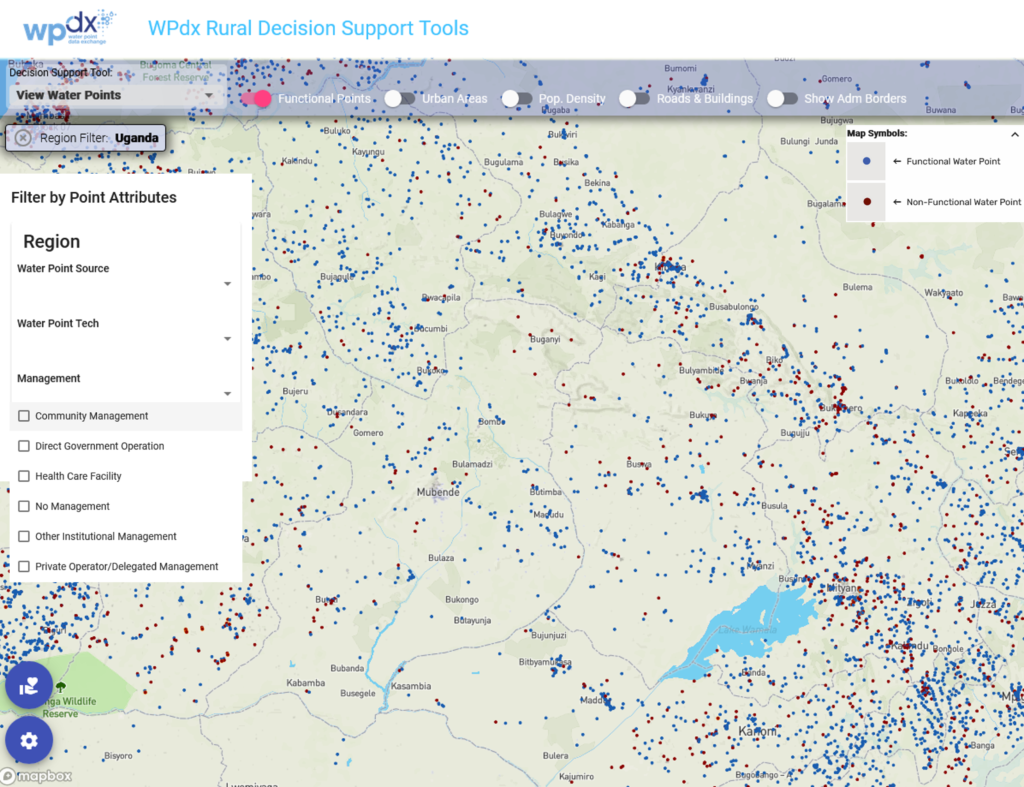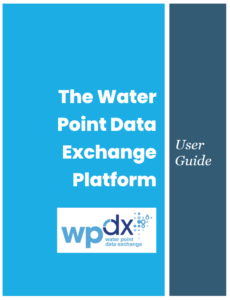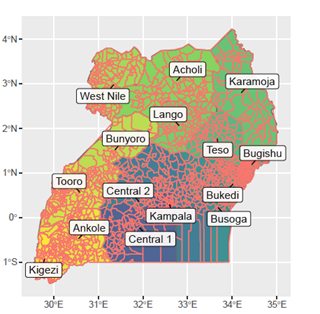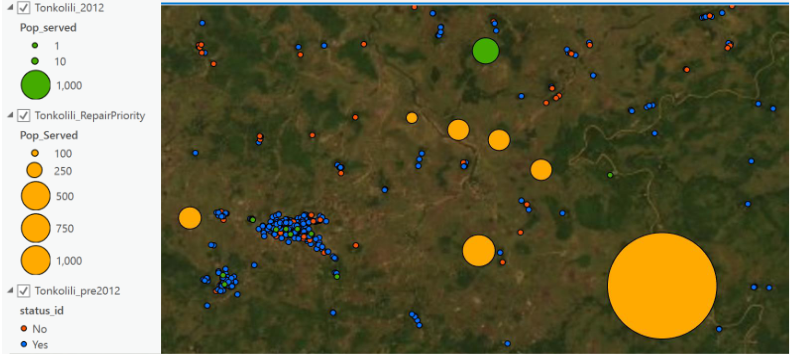When WHO and UNICEF raised the alarm about the water, sanitation and hygiene (WASH) conditions in health care facilities back in 2015, it became glaringly apparent that the situation was dire. The problem was that no one knew exactly how dire. The existing data provided only a glimpse into the extent of the issue. Where exactly were the facilities without running water located? Was the biggest concern water quantity or availability? How many health centers had nonfunctional toilets? Without adequate information, those seeking to address this neglected crisis would not have an accurate understanding of the situation – and resources would be wasted in the process.
In the years since, as countries and their partners have started to take action, assessing the availability and quality of WASH services is often the first step in an action plan. Yet, these assessments more often than not are completed using a piecemeal approach, with various organizations conducting facility assessments and limited coordination or ability to share data. When larger datasets are compiled, there is often insufficient bandwidth or expertise to do more than basic analyses, leaving key questions – like how to best allocate resources – unanswered. So, while our collective understanding of the situation is improving globally, actionable data for decision-makers within countries remains a challenge.
To address this gap, Global Water Challenge is developing the WASH Health Facility Data Exchange (WHdx), in partnership with Millennium Water Alliance (MWA) and with funding from the Conrad N. Hilton Foundation. This data exchange will offer a centralized data platform where health and WASH partners can routinely share and access data on WASH in healthcare facilities. The WHdx Decision-Support Tools will provide users with robust data visualization and analytics. WHdx will build on the lessons learned from the Water Point Data Exchange (WPdx) platform.
The WHdx Working Group, comprised of WASH in healthcare facilities experts, has guided the development process. Together they reviewed existing indicators from monitoring tools like WASH FIT and the JMP, as well as organization-specific tools, and identified those which were regularly collected, actionable, and scalable in order to create the WHdx data standard. The standard is now open for public comment through November 11, 2022.
Ultimately, WHdx will offer users a harmonized WASH in healthcare facilities dataset that can be analyzed by JMP service ladder and key WASH FIT indicators, with granularity allowing for insights at the district- and facility-levels. The decision-making tools will provide estimates, recommendations, benchmarking, and impact evaluation to guide policymaking and investments. By better utilizing the data being collected, it is possible to generate greater operational efficiency and return on investment.
If you are interested in learning more and/or sharing data with the platform, please reach out to info@washhealthdata.org.
